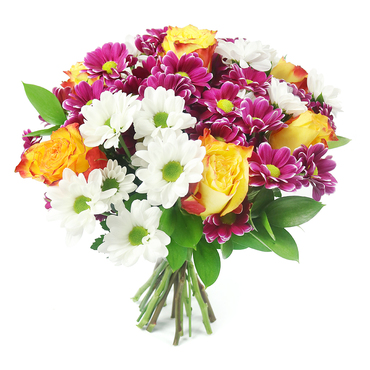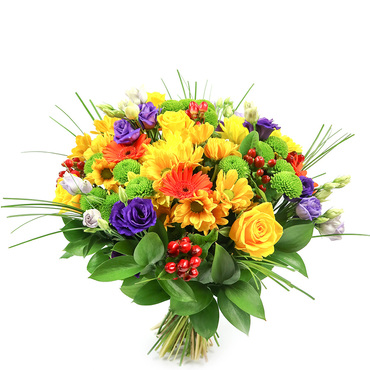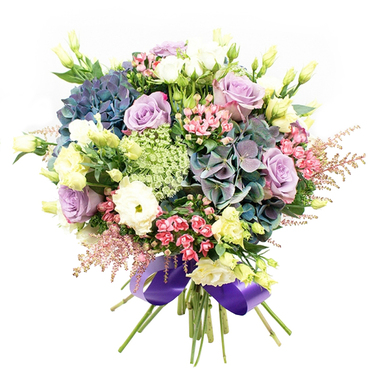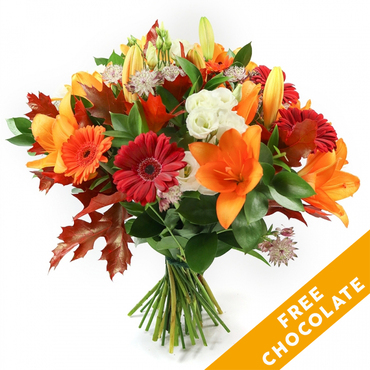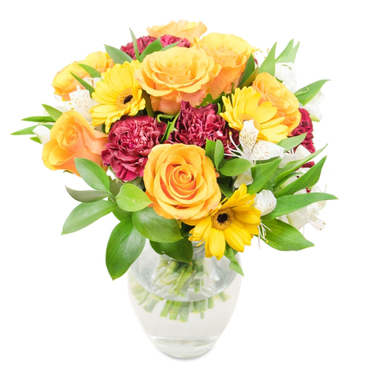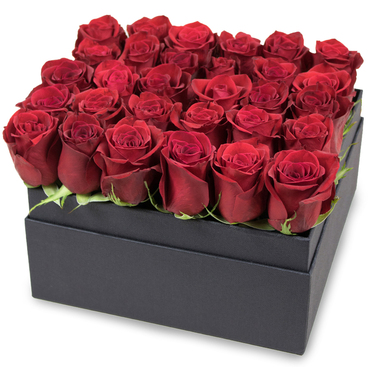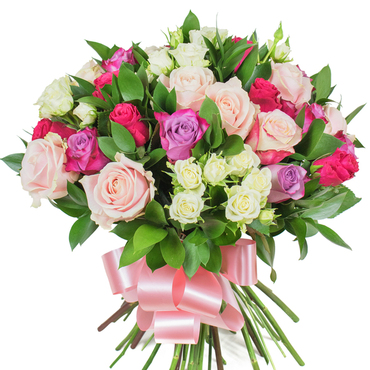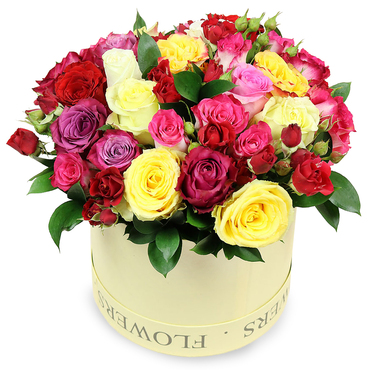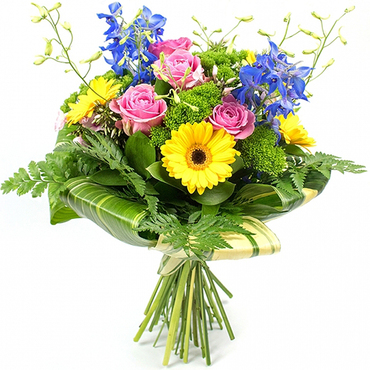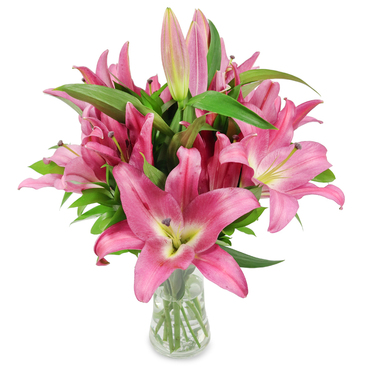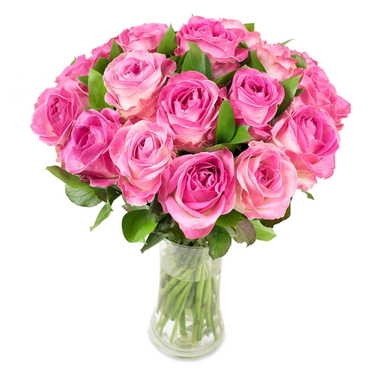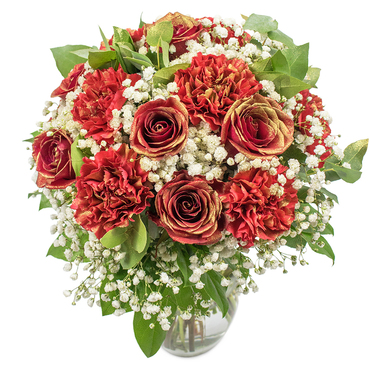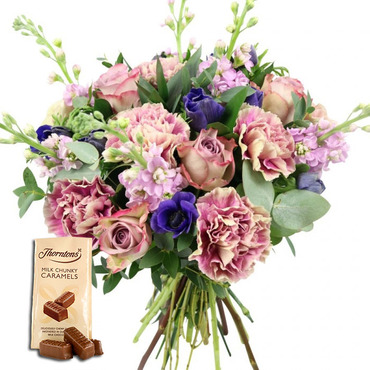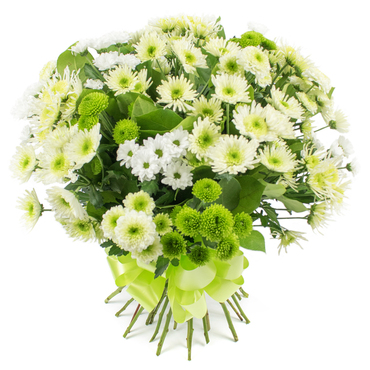Create Bee Havens: Flower Choices for Your Garden
Posted on 31/05/2025
Bees play an essential role in pollinating the plants that constitute a significant portion of our diet. Unfortunately, bee populations are facing drastic declines due to a combination of factors such as habitat loss, pesticides, diseases, and climate change. One way to help support these vital pollinators is by creating a bee-friendly garden. By planting a variety of flowers that provide nectar and pollen throughout the growing season, you can create a haven for bees in your own backyard.
Understanding Bee Preferences
To create an effective bee haven, it is important to understand what types of flowers bees prefer. Bees are attracted to flowers that are rich in nectar and pollen. They are particularly drawn to flowers in a variety of shapes, colors, and sizes, as different bee species have different preferences. Some bees are generalists, feeding on a wide range of flowers, while others are specialists that prefer specific plants.
Generally, bees are especially attracted to blue, purple, white, and yellow flowers. They also prefer flowers with single, rather than double, blooms because single blossoms usually provide easier access to the nectar and pollen. Additionally, planting flowers in clusters rather than singly helps bees to find and access the resources they need more efficiently.
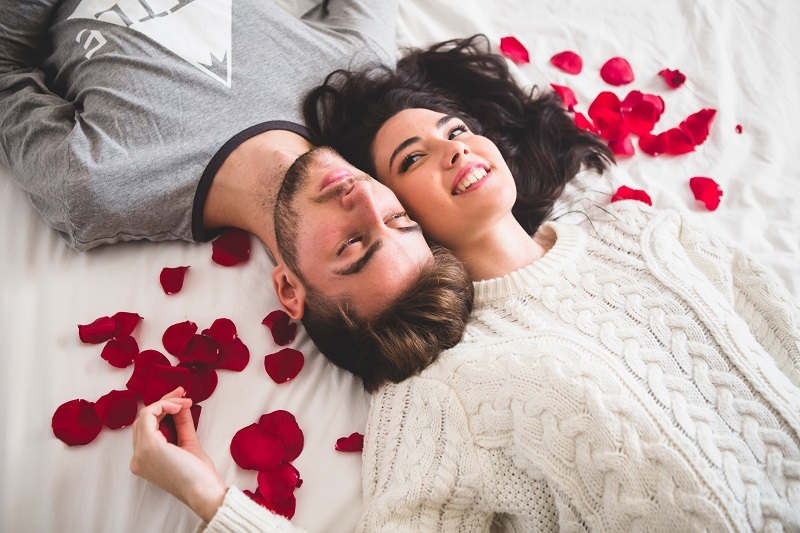
Choosing Native Plants
Native plants are an excellent choice for creating a bee haven. These plants have evolved alongside local bee species and often provide the best sources of nectar and pollen. Moreover, native plants are typically well-adapted to local growing conditions and require less maintenance than non-native species.
Spring Bloomers for Early Foraging
Providing early-blooming flowers is crucial for supporting bees that emerge in the spring. Some excellent choices for early-spring blooms include:
- Crocus (Crocus spp.): These small, vibrant flowers are among the first to emerge in the spring and provide an important source of nectar and pollen.
- Willow (Salix spp.): Willow trees and shrubs produce catkins that are rich in pollen, making them an important food source for early-emerging bees.
- Lungwort (Pulmonaria spp.): With its spotted leaves and early spring blossoms, lungwort is both attractive and beneficial to bees.
Summer Blooms for Sustained Foraging
It is important to have a variety of flowers blooming throughout the summer to provide continuous foraging opportunities. Some great summer-flowering plants for bees include:
- Lavender (Lavandula spp.): With its fragrant purple flowers, lavender is highly attractive to bees and can bloom for an extended period.
- Bee Balm (Monarda spp.): As its name suggests, bee balm is a favorite among bees. Its tubular flowers come in shades of red, pink, and purple.
- Coneflower (Echinacea spp.): The large, daisy-like flowers of coneflower are not only beautiful but also rich in nectar.
Autumn Blooms for Late-Season Foraging
Supporting bees in the fall is just as important as in the spring and summer. Late-season blooms help bees build up their energy reserves before winter. Consider planting the following:
- Asters (Aster spp.): These star-shaped flowers can provide a significant source of nectar and pollen in the late summer and fall.
- Goldenrod (Solidago spp.): Known for its bright yellow flowers, goldenrod is a magnet for bees and other pollinators.
- Sedum (Hylotelephium spp.): With its fleshy leaves and clusters of small flowers, sedum is a valuable source of late-season nectar.

Creating a Diverse Habitat
In addition to planting a variety of flowers, creating a diverse habitat with different plant types and structures can further enhance your bee haven. Incorporating trees, shrubs, and groundcovers can provide shelter and nesting sites for bees. Additionally, leaving some areas of bare soil and dead wood can support ground-nesting and cavity-nesting bees.
Providing a water source is also beneficial for bees. A shallow dish of water with pebbles or stones for landing can help bees stay hydrated.
Avoiding Pesticides
One of the most important steps you can take to create a bee-friendly garden is to avoid using pesticides. Pesticides can be highly toxic to bees and other pollinators. Instead, focus on integrated pest management practices, such as encouraging beneficial insects and using organic methods to control pests.
Community Efforts
Creating a bee haven in your garden is a rewarding way to support pollinators, but you can amplify your impact by engaging with your community. Encourage neighbors, local schools, and community organizations to plant bee-friendly gardens. Work with local governments to promote pollinator-friendly practices in public spaces, such as parks and roadside plantings.
Joining the Movement
Supporting bees and other pollinators is a critical component of fostering a healthy ecosystem. By creating a bee haven in your garden, you can contribute to the conservation of these essential insects. Whether you have a small balcony or a large yard, every effort counts. Start by planting a variety of nectar- and pollen-rich flowers, avoid using pesticides, and consider the needs of different bee species throughout the growing season.
Together, we can create a network of bee-friendly habitats that support healthy and thriving pollinator populations. Join the movement to protect bees and ensure the continued health of our natural world.
By following the steps outlined in this article, you can transform your garden into a sanctuary for bees, helping to sustain their populations and the vital ecosystem services they provide. Happy gardening!





